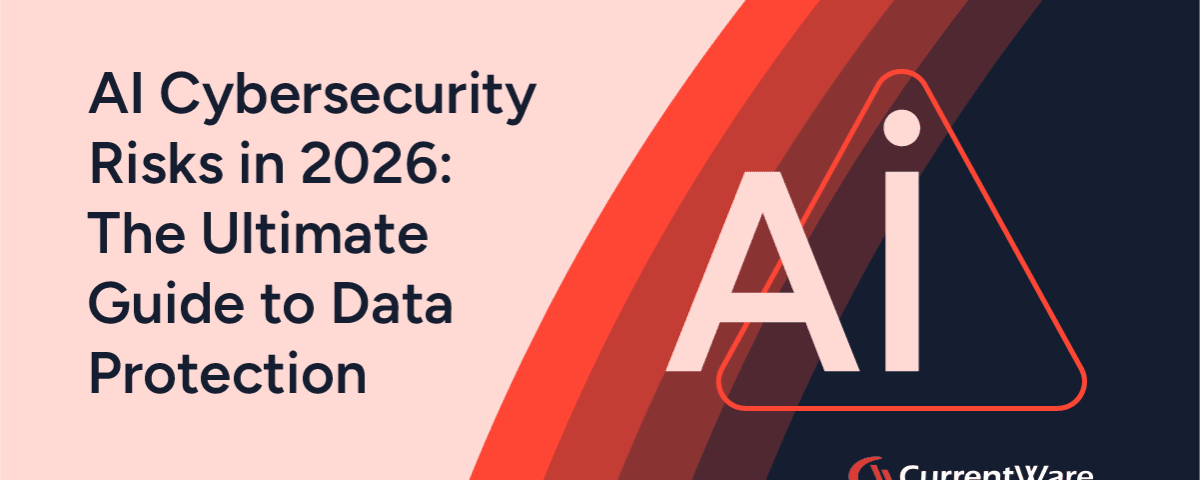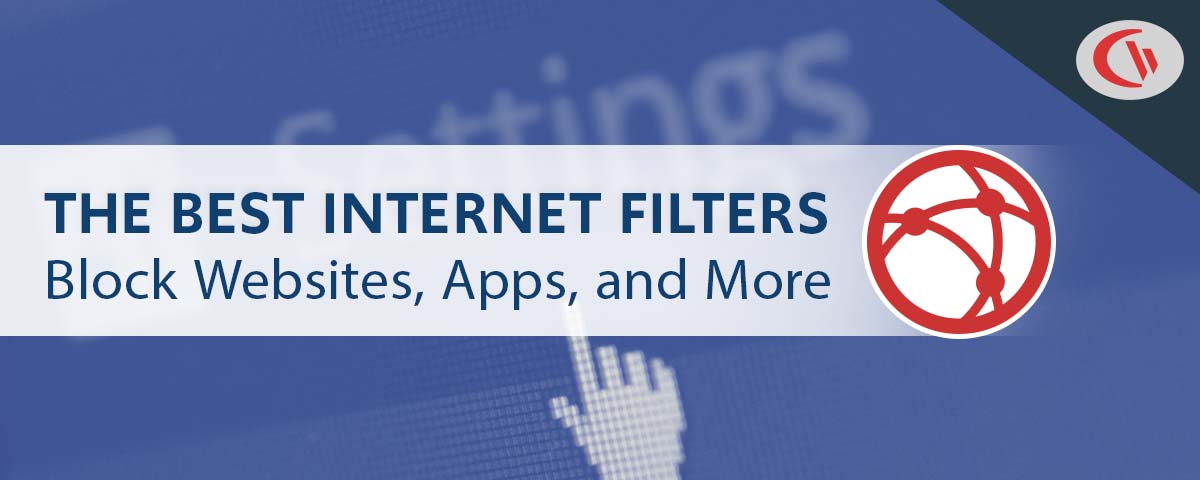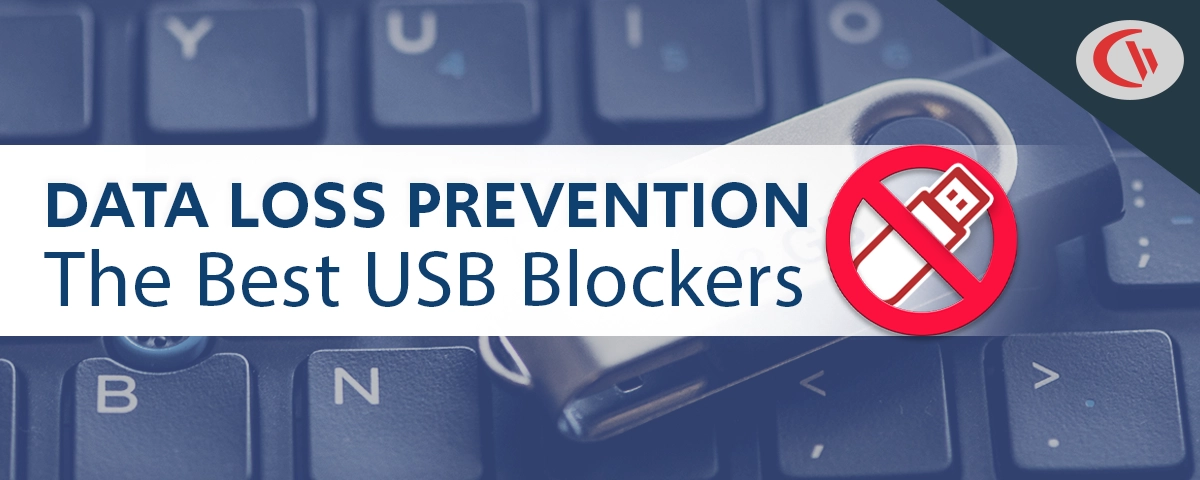AI Cybersecurity Risks in 2026: The Ultimate Guide to Data Protection

Table of Contents
- 1: Introduction
- 2: Why AI Security is the Top Priority for CISOs in 2026
- 3: The Top Generative AI Security Threats You Can’t Ignore
- 4: A Proactive Framework for AI Data Protection
- 5: The Top 5 AI Cybersecurity Risk for 2026
- 6: How is Artificial Intelligence Used in the Workplace?
- 7: How to Protect Sensitive Data Against AI
- 8: Conclusion: Building a Resilient, AI-Ready Security Posture
- 9: Frequently Asked Questions
*According to Gartner, by 2026, over 80% of enterprises will have used generative AI APIs or deployed GenAI-enabled applications, up from less than 5% in 2023. This rapid adoption introduces a new and complex attack surface.
Introduction
The adoption of artificial intelligence is no longer an option, it’s an operational inevitability. As organizations race to integrate AI for innovation and competitive edge, they face a double-edged sword: the same technology that can enhance cyber defense can be weaponized for offense, giving rise to a daunting landscape of AI cybersecurity risks. AI-powered tools are now being used both to strengthen cybersecurity defenses—such as anomaly detection and automation—and to facilitate sophisticated cyber attacks, including deepfakes, impersonation scams, and virtual kidnapping schemes.
For today’s CISOs and security leaders, developing a robust AI risk management strategy isn’t just a best practice, it’s a critical mandate for survival. Organizations must overcome significant challenges as they adapt to AI-driven cybersecurity, including managing new complexities and risks brought by rapid technological advancements.
The scale of this transformation is staggering. According to a recent Gartner prediction, by 2026, more than 80% of enterprises will have used generative AI APIs or deployed GenAI-enabled applications in production, a monumental leap from less than 5% in 2023. This rapid, widespread adoption introduces a complex and pervasive attack surface, with the increasing frequency and sophistication of cyber attacks enabled by AI, demanding an immediate, structured AI risk management framework.
While current AI systems are considered narrow AI, the future development of artificial general intelligence (AGI) could introduce even greater cybersecurity implications, potentially surpassing human intelligence and fundamentally changing the threat landscape.
Also Read: How to Prevent Data Theft by Employees - Data Loss Prevention
Start minimizing your software costs today.
Are you ready to start tracking software usage and start saving time and money?
Why AI Security is the Top Priority for CISOs in 2026
“Generative AI is a ‘threat multiplier’ that is enabling more sophisticated and scalable social engineering attacks than ever before.” – IBM X-Force Report
The challenge is clear: harness the benefits of AI while mitigating the significant AI cybersecurity risks and cyber security risks it introduces to data security, business continuity, and corporate integrity. As AI-driven threats evolve, it is crucial to update cybersecurity measures to effectively protect against these emerging risks. AI-driven vulnerability management plays a key role in identifying, analyzing, and mitigating system weaknesses before they can be exploited.
1. AI-Powered Phishing & Social Engineering
Modern AI can craft hyper-realistic, highly personalized phishing emails and messages at scale. These are examples of sophisticated attacks enabled by AI, where advanced techniques are used to develop malware, impersonation scams, and evade security measures. These AI phishing attacks are nearly indistinguishable from genuine communications, increasing the risk of successful breaches.
- IBM X-Force found that AI-driven phishing campaigns are now the leading initial attack vector in 2025, with infostealers delivered via phishing increasing by 60%.
2. Inadvertent Leaks of Sensitive Data to Public AI
A growing pain point: employees pasting confidential data, source code, financials, customer information, into public AI models (like ChatGPT), which may use that data for further model training. Leaked data can also be exploited as malicious data in future AI training or attacks, leading to data manipulation or poisoning. The Samsung source code leak is a sobering reminder of these AI data leakage risks.
- Tip: Always treat public AI tools as external, and establish clear guardrails for their use.
3. AI-Driven Deepfakes & Vishing Attacks
AI can generate deepfake audio and video of executives, enabling highly convincing “vishing” (voice phishing) and extortion scams. A malicious bot could be used to automate the distribution of deepfake content, increasing the scale and speed of these attacks.
- Prediction: Forrester warns of a surge in deepfake scams targeting business leaders and critical financial processes.
4. Malicious Code Generation & Automated Vulnerability Discovery
AI enables threat actors to find and exploit software vulnerabilities at unprecedented speed, scanning, testing, and writing malicious code in minutes rather than days. Using AI, cybercriminals are now able to develop advanced malware that can evade detection and adapt to security measures, as well as craft adversarial attacks designed to manipulate AI models and bypass defenses. The rise of AI-driven attacks further enables attackers to automate and intelligently adapt their tactics, making it increasingly difficult for traditional security solutions to keep up.
Also Read: Stealth Monitoring - Remote Employee Surveillance Software | CurrentWare
A Proactive Framework for AI Data Protection
CISOs need an actionable approach to AI security risks. This framework helps organizations mitigate risks associated with AI adoption by proactively identifying vulnerabilities and reducing potential damages. Incorporating human oversight into AI risk management frameworks is essential to ensure that automated systems are properly monitored and guided by human judgment. Here’s a four-step framework:
Step 1: Establish a Clear AI Security Policy
A robust AI security policy should define acceptable AI use, data classification levels, and approved AI tools. Access management is also critical, ensuring only authorized users can interact with AI systems and access sensitive data. Explicitly prohibit entering sensitive data into public AI.
Step 2: Implement Technical Controls for AI Governance
Secure data from AI by deploying web filtering and application blocking to prevent unsanctioned AI usage. For maximum control, consider hosting open-source AI tools within your environment. AI integration can further enhance security tools such as security posture management, Zero Trust, SASE, and Identity, improving protection and streamlining governance.
Step 3: Fortify Your Human Firewall with Advanced Training
Update your security awareness training to address AI-powered threats, including AI phishing attacks and deepfakes. Regular phishing simulations using AI-generated scenarios can dramatically boost resilience. Such training helps minimize human error in cybersecurity by reducing the likelihood of mistakes that could lead to security breaches.
Step 4: Align with a Recognized AI Risk Management Framework
Adopt a leading AI risk management framework such as the NIST AI Risk Management Framework (RMF). This framework helps organizations govern, map, measure, and manage AI risks across their lifecycle. Continuous learning is crucial for adapting to new and evolving AI risks, ensuring that organizations can effectively respond to emerging threats and challenges.
The Top 5 AI Cybersecurity Risks for 2026
- AI-Powered Phishing Attacks
- Data Leakage via Public AI
- Deepfakes & Vishing
- Malicious Code Generation
- Automated Vulnerability Discovery
How is Artificial Intelligence Used in the Workplace?
AI has the potential to revolutionize various aspects of organizations by improving efficiency, enabling automation, and solving complex problems. It has applications across various industries, including healthcare, finance, marketing, manufacturing, and cybersecurity. Data science plays a crucial role in enabling AI-driven insights and automation, allowing organizations to analyze large datasets for better decision-making. Additionally, ai capabilities are transforming workplace processes and security by enhancing threat detection, automating routine tasks, and strengthening organizational defenses. It is essential to audit and secure each AI system to ensure organizational security and compliance with relevant regulations. Human capabilities remain essential for effective oversight, contextual understanding, and decision-making, ensuring that AI systems are used responsibly and effectively.
Cybersecurity Teams
Many organizations leverage Security Information and Event Management (SIEM) User Entity and Behavior Analytics (UEBA) tools to detect and respond to cyber threats. These tools are infamous for overwhelming security professionals with a vast amount of data. Security analysts benefit from automation, as it allows them to focus on complex security investigations and strategic planning rather than routine tasks.
AI is revolutionizing cybersecurity by analyzing massive quantities of risk data to speed up response times and augment the capabilities of under-resourced security operations.
Cybersecurity professionals within security teams can use AI-powered systems to surface insights from SIEM logs. Entity behavior analytics help detect anomalies by establishing behavioral baselines for users and entities. Identifying compromised accounts through behavioral analysis is crucial for preventing unauthorized access. Analyzing system logs with AI algorithms enables early detection of threats, such as unauthorized access or suspicious activities. They can also orchestrate and automate hundreds of time-consuming, repetitive, and complicated response actions that previously required human intervention.
While AI cybersecurity systems are known to generate false positives, they serve as an important threat identification tool. These systems are beneficial for detecting and remediating vulnerabilities, malware, and threat actors. Monitoring user behavior helps prevent insider threats by identifying abnormal actions that may indicate malicious intent.
AI also enhances threat hunting by enabling proactive detection and response to emerging security threats.
Digital Marketing & Copywriting
Marketing teams have been leveraging AI to speed up the writing, design, and research process. While there are legitimate concerns that improper use of AI will result in poor quality and inaccurate information, AI technology has the potential to greatly improve the productivity and efficiency of the marketing process when used responsibly.
For example, you can use AI design tools to design AI presentations and other assets.
Software Development
AI-based programming assistants allow developers to write code more efficiently by proactively identifying syntax errors, creating basic structures more efficiently, and translating natural language into programming languages that computers understand.
AI Course Development
AI can help make courses more engaging and effective by:
- Personalizing the content to fit individual learning styles and paces.
- Adapting the difficulty level and type of content based on responses.
- Incorporating gamification and interactive elements, like quizzes, simulations, and story-based learning journeys.
- Providing real-time feedback.
For more detailed insight on each step involved, including planning, AI tools selection, and effective delivery methods, check out this comprehensive guide on how to create a course using AI.
Also Read: What is Data Loss Prevention (DLP)? | CurrentWare |
Learn how to protect your organization with data loss prevention software
How to Protect Sensitive Data Against AI
Web Filtering & App Blocking Software
Organizations can use web filtering & app blocking software to proactively restrict access to unsanctioned AI tools.
For example, CurrentWare's BrowseControl includes a web content category filter that includes a dedicated AI category, allowing organizations to block employees from using AI in the workplace. As new AI websites are created they are automatically added to the database.
Exceptions for authorized AI websites can be readily made by simply adding their URLs to BrowseControl's allowed websites list.
Host Artificial Intelligence Tools Locally
While many businesses will proactively decide to restrict all access to AI as a security precaution, it's worth noting that many others actively embrace AI as a powerful tool to enhance productivity, improve decision-making, automate tasks, and gain competitive advantages.
To reduce data security risks, these AI models can be hosted locally and prevented from accessing the internet. This helps to mitigate the risk of data leaks by keeping all new data inputs within the control of the organization.
Also Read: Endpoint Security Software—Monitor & Restrict Employee PCs
Conclusion: Building a Resilient, AI-Ready Security Posture
AI cybersecurity risks will define the next era of security leadership. A proactive, multi-layered strategy, combining policy, technical controls, human vigilance, and a robust framework, will be the mark of resilient, future-ready organizations.
Ready to assess your organization’s AI security readiness? Book a free, no-obligation consultation with our experts today.
Frequently Asked Questions
- Phishing generated by AI
- Sensitive data leaks to public models
- Deepfake scams and vishing
- AI breaching traditional security systems
- Automated vulnerability exploitation
- Establish an AI usage policy
- Block unapproved AI sites with web filters
- Train staff on the risks of “Shadow AI”
- Consider private/local AI models for sensitive workflows
- Conduct advanced, AI-informed awareness training
- Use AI-based email security tools
- Continuous monitoring is essential for detecting and preventing AI-powered phishing attacks in real time.
- Consider private/local AI models for sensitive workflows


